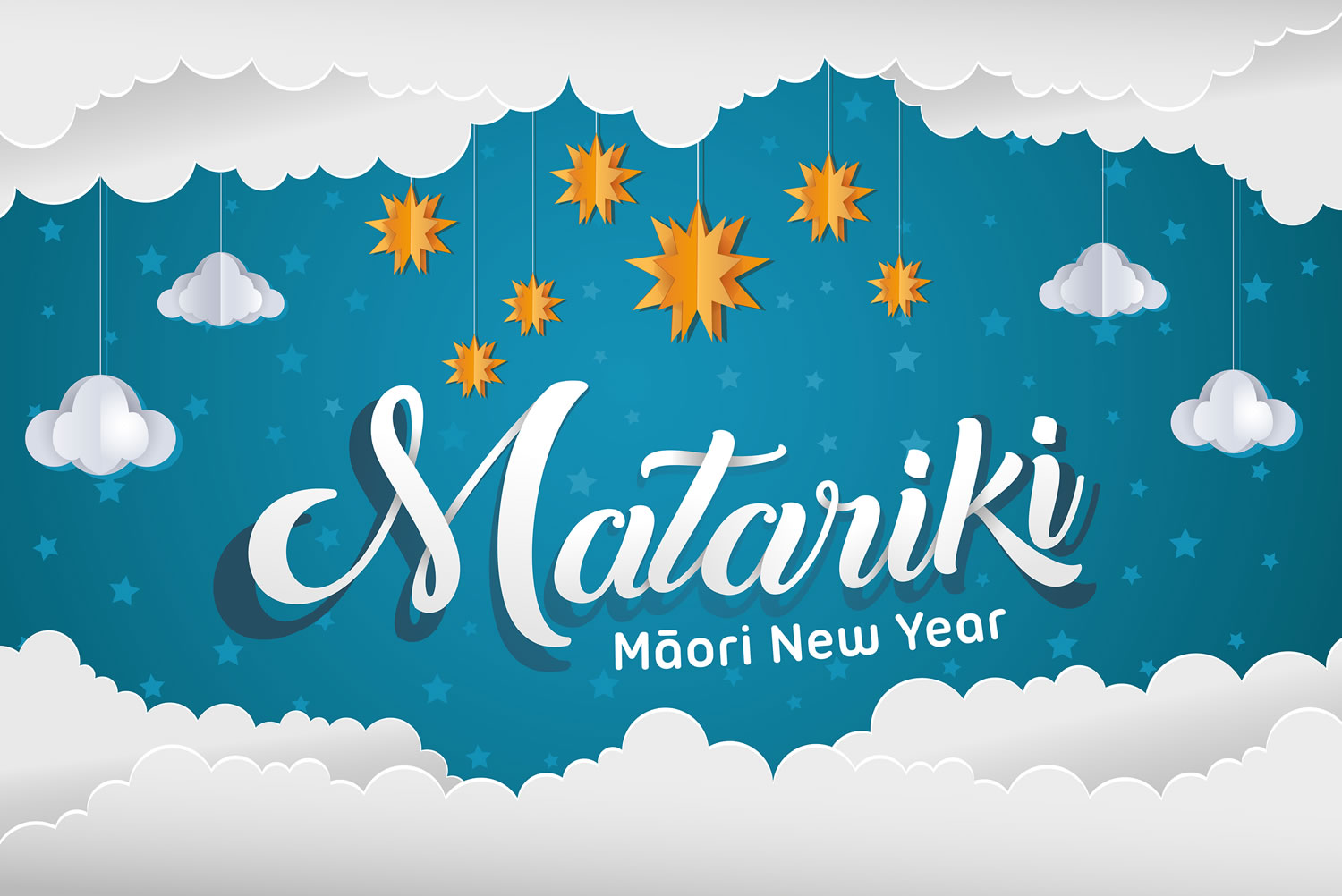Here is the link to the Google Form I created for my parents: Parent Survey Editable Form
The questionnaire aimed to gather information about a child's transition to primary school. Respondents provided insights into their child's preferences, concerns, expectations, and the support they plan to provide.
Here are the key findings:
Activities at home: The children enjoy a range of activities such as playing games, helping out, writing, drawing, exploring outside, arts and crafts, playing with siblings, imaginative role play games, puzzles, and reading.
Upsetting factors: The children may be upset by not getting their way, conflicts with other children, feeling put down, not being listened to or understood, someone ruining their work, and not keeping promises.
Response to transitioning: Most of the children responded positively, being excited and looking forward to starting school. One child engaged in role-playing school scenarios at home to prepare for the transition.
Desired learning outcomes: The parents expressed hopes for their child to acquire various skills, including academic skills (reading, writing, math), social-emotional skills (relating with others, making friends), life skills (practical skills, time management), and discovering personal interests and passions.
Parental support: The parents intend to support their child during the transition by being available, providing love, encouragement, and support, reminding them to have fun, be kind, and try their best. Most respondents felt their child was transitioning well, but one expressed concern about absences due to illness.
Awareness of school visits: Three-quarters of the respondents were aware of school visits before the child starts primary school, indicating potential engagement in those events.
Interest in home support information: Respondents were divided on whether they wanted information on how to assist their child at home, with an equal number expressing interest and disinterest.
Overall, the questionnaire shed light on children's interests, concerns, and parents' aspirations and support strategies during their transition to primary school.
Activities at home: The children enjoy a range of activities such as playing games, helping out, writing, drawing, exploring outside, arts and crafts, playing with siblings, imaginative role play games, puzzles, and reading.
Upsetting factors: The children may be upset by not getting their way, conflicts with other children, feeling put down, not being listened to or understood, someone ruining their work, and not keeping promises.
Response to transitioning: Most of the children responded positively, being excited and looking forward to starting school. One child engaged in role-playing school scenarios at home to prepare for the transition.
Desired learning outcomes: The parents expressed hopes for their child to acquire various skills, including academic skills (reading, writing, math), social-emotional skills (relating with others, making friends), life skills (practical skills, time management), and discovering personal interests and passions.
Parental support: The parents intend to support their child during the transition by being available, providing love, encouragement, and support, reminding them to have fun, be kind, and try their best. Most respondents felt their child was transitioning well, but one expressed concern about absences due to illness.
Awareness of school visits: Three-quarters of the respondents were aware of school visits before the child starts primary school, indicating potential engagement in those events.
Interest in home support information: Respondents were divided on whether they wanted information on how to assist their child at home, with an equal number expressing interest and disinterest.
Overall, the questionnaire shed light on children's interests, concerns, and parents' aspirations and support strategies during their transition to primary school.











